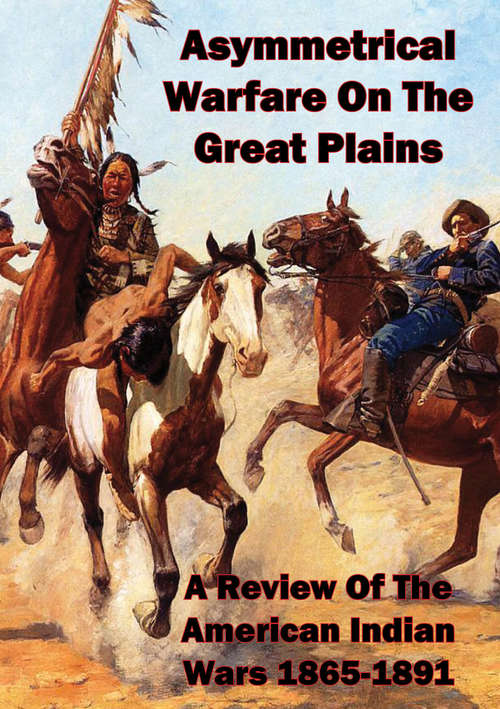Asymmetrical Warfare On The Great Plains: A Review Of The American Indian Wars-1865-1891
By:
Sign Up Now!
Already a Member? Log In
You must be logged into Bookshare to access this title.
Learn about membership options,
or view our freely available titles.
- Synopsis
- The American Indian policy, formulated at the turn of the 19th century, significantly impacted the national military strategy. President Jefferson's plan for Indian removal became the cornerstone for federal policy. Congress would bear the responsibility for crafting the nation's Indian policies, but the burden for execution was left to an unprepared and undermanned Army.From the end of the Civil War to the beginning of the Spanish-American War in 1898, the principal mission of the Army was fighting Indians. Returning to the Western frontier the Army attempted to fight the Indians using the tactics that proved successful in the Civil War. The diverse Great Plains tribes, using raids and ambushes, successfully fought a thirty-year war against a superior military force. It would finally take the unorthodox tactics of several field commanders to bring an end to the fighting.This paper examines the national policy and the means used to implement it. The paper examines asymmetrical warfare through its discussion on critical shortcomings in military preparedness and strategy. The past several conflicts that U.S. military forces have participated in (Somalia, Haiti, Bosnia, Kosovo, and Afghanistan) suggest that the American Indian Wars offer valuable strategic lessons.
- Copyright:
- 2014
Book Details
- Book Quality:
- Publisher Quality
- ISBN-13:
- 9781782896531
- Publisher:
- Pickle Partners Publishing
- Date of Addition:
- 03/05/18
- Copyrighted By:
- Pickle Partners Publishing
- Adult content:
- No
- Language:
- English
- Has Image Descriptions:
- No
- Categories:
- History, Military, Nonfiction
- Submitted By:
- Bookshare Staff
- Usage Restrictions:
- This is a copyrighted book.
